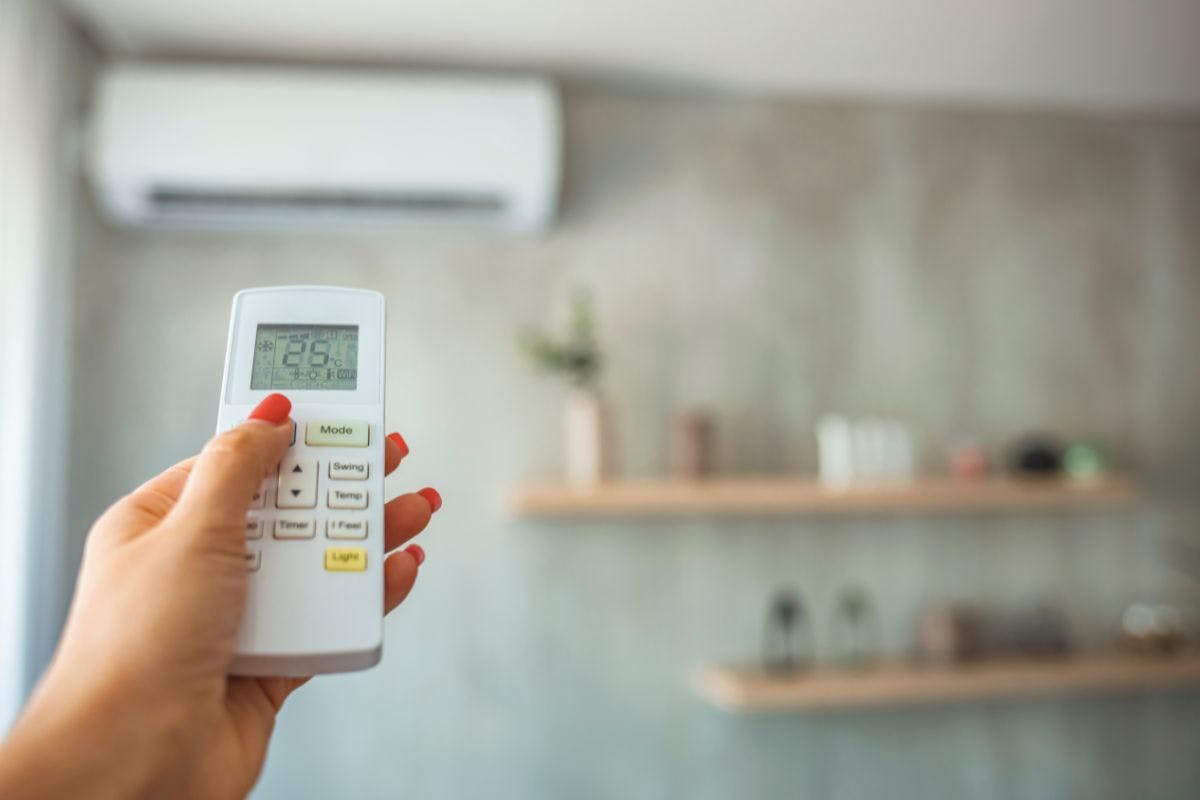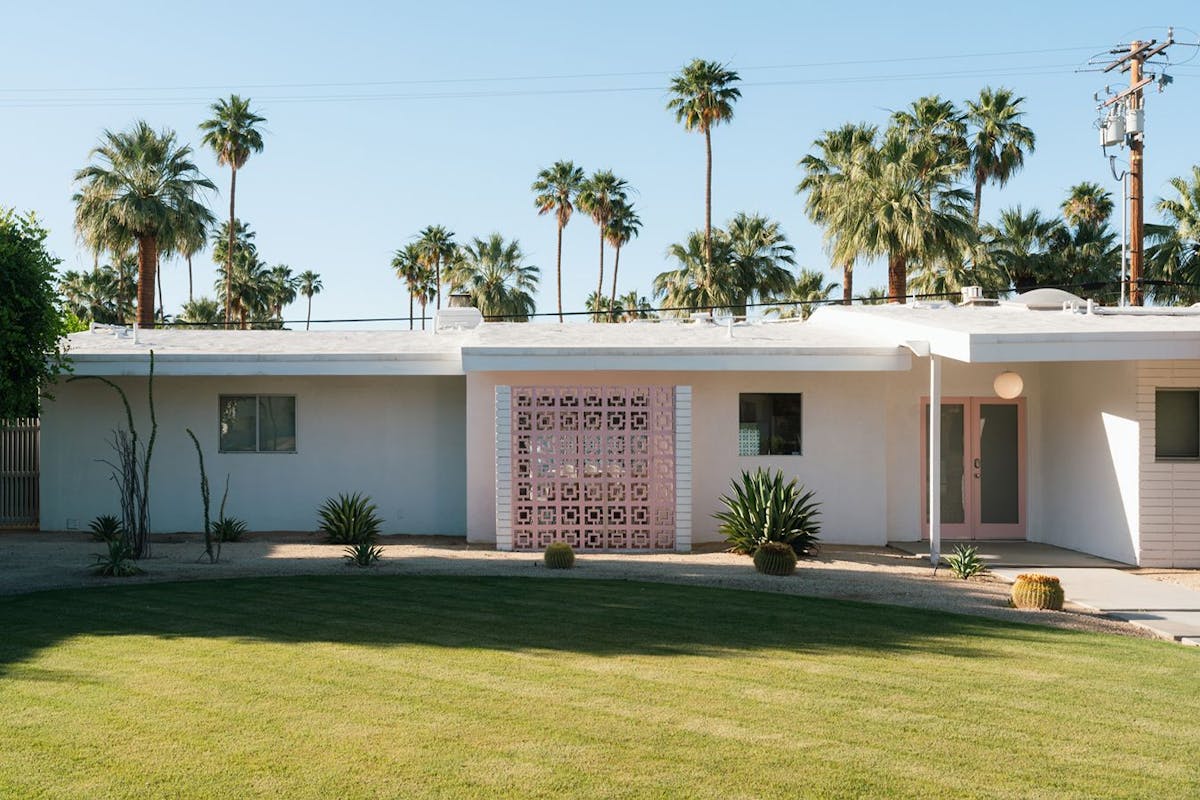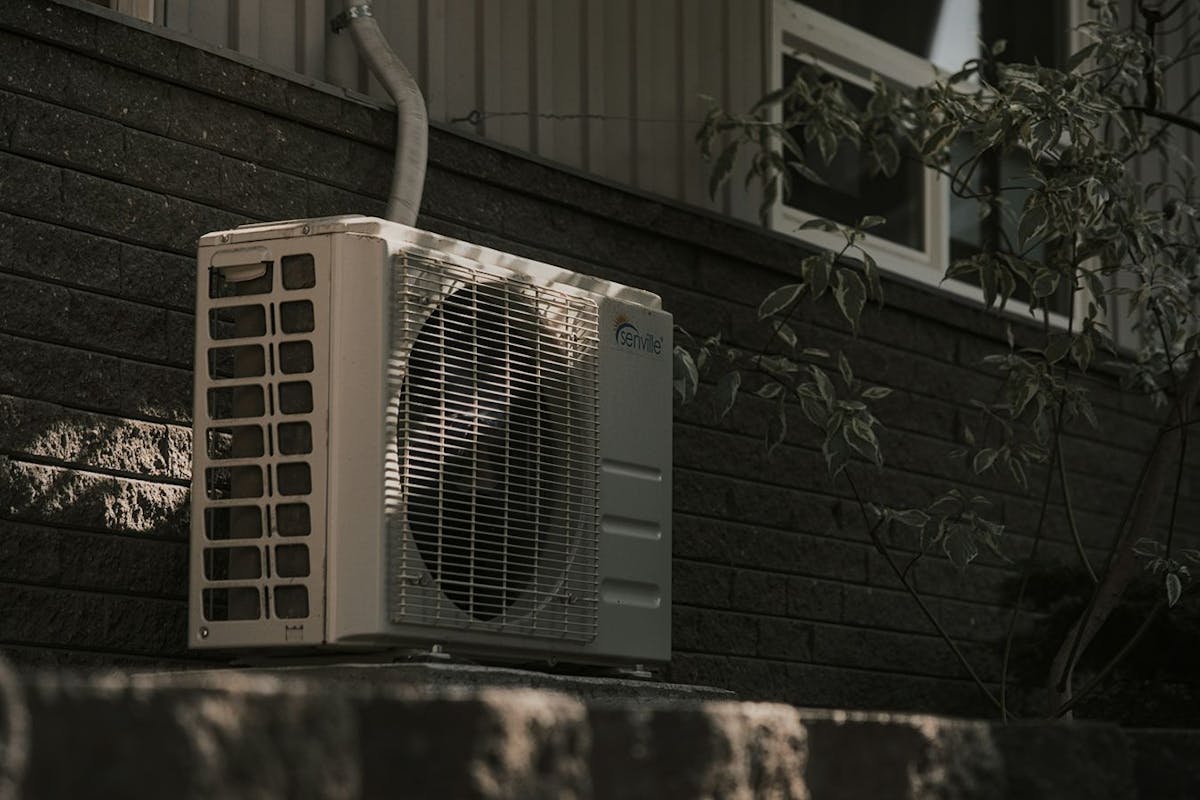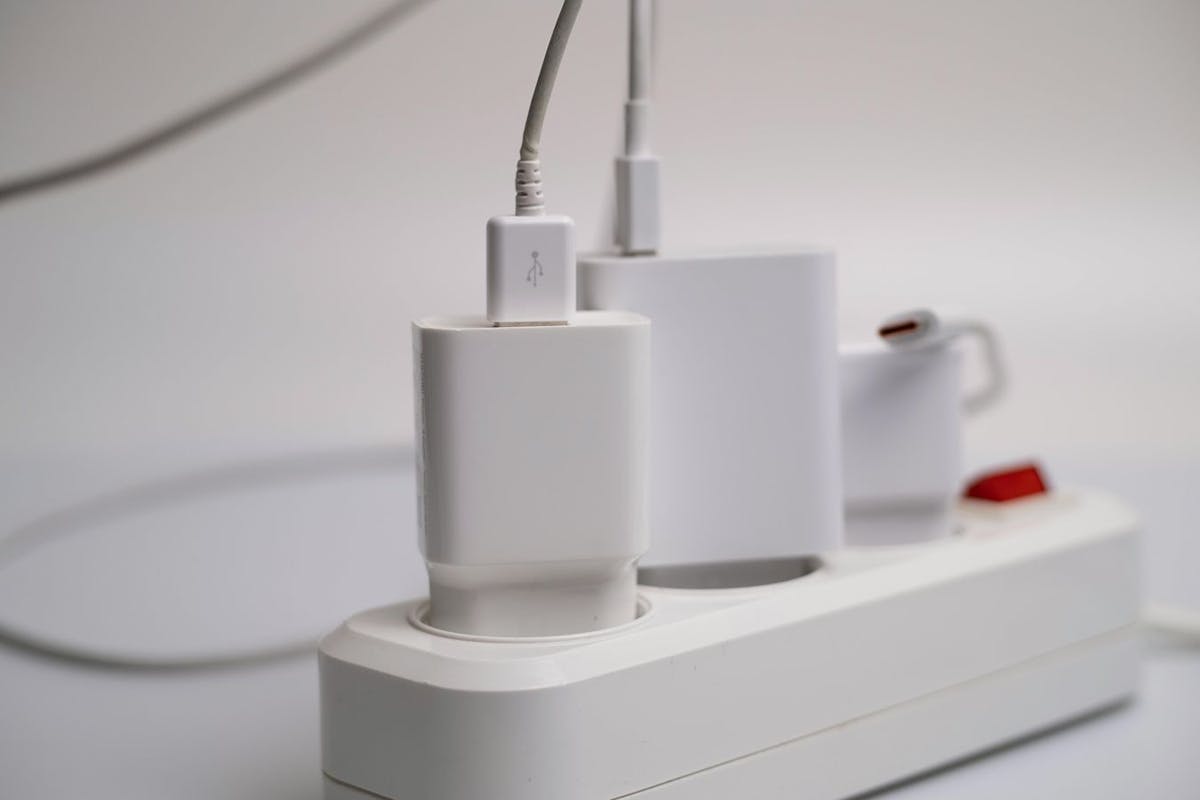Schedule Your AC for Energy Savings
Last edited

Author
Andrew Giermak
Solar and Electrification Writer and Editor

Editor
Andrew Blok
Electrification and Solar Writer and Editor

While summer may be slipping into the rear view mirror, there are still a few hot days in the forecast. For most Americans, air conditioning is a major source of energy use in the house. But that means it can be a major source of energy savings, too.
One of the simplest ways to cut back on your air conditioning energy use is to schedule your AC to work around your life. You can pull it off with a few simple changes and some help from a smart thermostat. Here's what you need to know.
See how much you can save with home energy changes
Why You Should Schedule Your Air Conditioning
You can schedule or program your air conditioning to save energy and save money. According to the US Department of Energy, changing your thermostat settings by 7-10 degrees for eight hours a day will decrease your heating and cooling bills by about 10%. Heating and cooling make up more than half of the average home’s total energy bill, according to the US Energy Information Administration.
You can manually change your thermostat based on your schedule of sleeping, leaving the house, coming home, and so on. Or, you can get a smart thermostat, then set a schedule or let its smart capabilities schedule your AC or heat pump in the most energy-efficient way.
The main idea is to avoid paying for energy you aren't using. Schedule your AC to be 7-10 degrees higher when no one is home, such as on a typical workday, or when you're away for several days. Programming your AC means you don't have to remember the routine. Your AC can turn on and return to the temperature you want just before you get home.
Better understand how a smart thermostat can lower your energy costs (and earn rewards that can get you discounts on a smart thermostat!) by downloading the free Palmetto app.
Best Air Conditioning Schedule in the Summer
Of course this answer depends on your preference, you and your family’s schedule, your area’s climate, if you have pets, and more.
Energy Star, from the Department of Energy, recommends the following AC settings in the summer. Set your thermostat to 78 degrees during the day when people are home. Then, schedule it to go to 82 overnight and 85 when no one is home for four hours or longer. Setting back your thermostat for shorter periods can actually use more energy and cause increased HVAC repairs in the long run.
If those settings don't work for you and your family, that's ok. Here's another idea. Change your temperature by one degree a day until you get to a point that's too warm. Then, set your thermostat to the previous day's temperature. You'll be comfortable and save. Use this temperature as your starting point for your schedule.

Best Nighttime Air Conditioning Schedule
Good sleep is crucial for good health. If you can adjust your thermostat to a slightly warmer temperature in the summer and still sleep well, you'll save money since your AC or heat pump will run less for about eight hours each night.
Extra cooling tips for combining energy efficiency and a good night’s sleep include opening windows and running a ceiling fan, changing your bedding to light, breathable sheets in the summer, and avoiding using heat-producing appliances like dryers or dishwashers through the night.
See how much you can save with home energy changes
When You Shouldn’t Change Your AC Setting
Don't schedule AC changes for a span of less than four hours. At that point, your HVAC system will short cycle, or power on and off too frequently, which uses more energy. Short cycling can also increase wear and tear on your AC and its components.
It takes more energy to cool down a warm house than it does to maintain the temperature of and already cool house. For that reason, you might not actually save energy if your thermostat adjusts for less than four hours. The setback needs to be long enough for the savings from letting your home heat up to be greater than the cost to cool it down again.
If you have a variable speed heat pump, it is designed to run with the best efficiency at one set temperature setting and changing the temperature often, whether scheduled or not, reduces the heat pump’s efficiency and how it can save you money.
Why You Need a Smart Thermostat
The “smart” in smart thermostats refers to the technology’s ability to learn from your habits and behaviors in the home and automatically make adjustments, or give you the data or information you need to make better decisions. They can adapt based on a room’s occupancy, the weather, voice commands, commands from an app, and artificial intelligence and machine learning.
Smart thermostats can adjust your home’s temperature, and how your HVAC system gets to that temperature in the most energy-efficient and cost-saving way. They can use algorithms to calculate optimal heating and cooling schedules without your direct input, to maximize efficiency and comfort.
If you’re interested in learning about more cost and energy savings for your home, explore Palmetto’s Savings Maximizer or download the free Palmetto App.
See what home electrification can do for you:
Frequently Asked Questions
Can you save money by adjusting your thermostat?
Adjusting your thermostat, or having a smart thermostat run itself for the best efficiency, can save you money. If your HVAC system runs less for substantial periods of time, it will lead to energy savings.
What’s the best temperature setting for your air conditioner?
This depends largely on your needs and preferences. Typically, in the summer, a daytime setting of 78 degrees is recommended by the Department of Energy. When no one is home for four hours or longer, or if you can sleep well with a warmer temperature, you can set, schedule, or program your AC to a higher temperature.
Where should I place my thermostat for the best performance?
Your thermostat should be installed on an interior wall away from direct sunlight, drafts, windows, and heat-generating appliances. Placing it in an area that gets a lot of natural air movement, and isn’t abnormally warmer or cooler, helps it get an accurate reading of your home's temperature.


